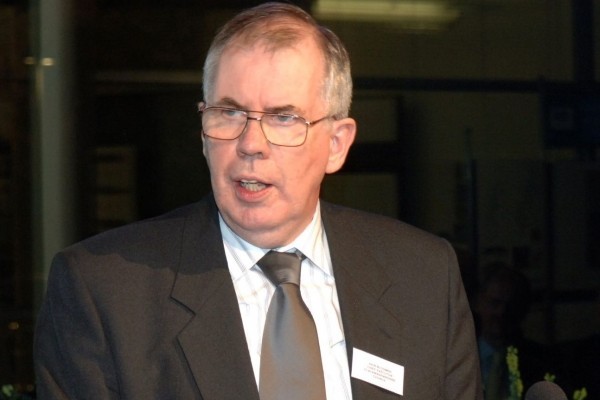Scotland’s education system is no longer amongst the best in the world, according to the man who helped design the new school curriculum.
In a scathing critique for think tank Reform Scotland on the day of a key summit organised by Deputy First Minister John Swinney, Keir Bloomer told the Scottish Government to “abandon the instinct to centralise and control”.
Mr Bloomer was a member of the group which designed the Curriculum for Excellence.
He wrote: “From any perspective – social or economic – it is vital that Scottish education is among the best in the world.
“At present, only the university sector can credibly make such a claim. Other sectors have considerable strengths but they are not world leading.”
He added: “Autonomy works; systems where individual institutions have more independence enjoy greater success than systems where this is not the case.
“Yet, the independence of the colleges has been severely curtailed and that of the universities has been diminished. So far as these sectors are concerned, the remedy is obvious. Government must abandon the instinct to centralise and control, recognising that it is counter-productive.
“The position of schools is more complicated. There has been a very gradual increase in the powers devolved to schools. Their autonomy is greater than those in many countries, but much more requires to be done. Real progress cannot be made, however, without looking more widely at the governance arrangements for Scottish schooling.”
Mr Bloomer also said Scottish education “has a problem of complacency”, more needs to be done to tackle the attainment gap between the richest and poorest, and criticised the implementation of Curriculum for Excellence.
He wrote: “Scotland has not been short of good ideas but it has lacked skill in putting them into effect.
“The major educational reform programmes of the last fifty years have achieved much less than they might because of failures of implementation.”
A Scottish Government spokeswoman said: “We are committed to reforms to make parents and teachers the key decision makers in the life of a school, to introduce a fair and transparent needs-based funding formula for schools, and shift power to communities by decentralising decision making through the creation of new educational regions.
“The education summit will bring together a wide range of people, all with an interest in improving Scottish education, to identify how we can work together to make the substantial progress required to close the attainment gap and raise standards for all children in Scotland.”





